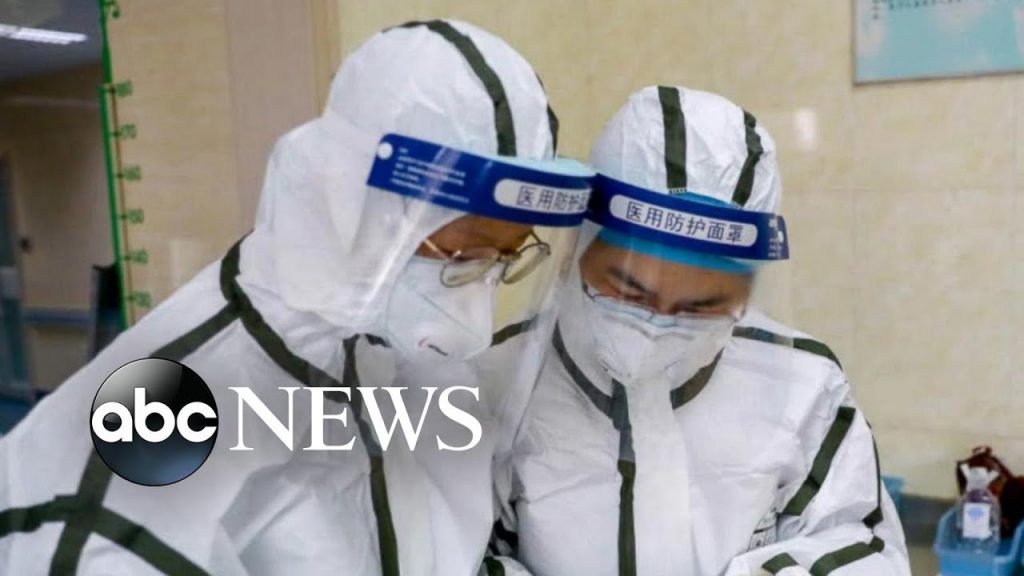Tracking the coronavirus origins

Was the virus natural or lab-created?
Former Trump Homeland Security Adviser Tom Bossert unpacks what we know.
From what sources did researchers determine that the SARS-CoV-2 virus likely came from bats?
The outbreak of the novel coronavirus, also known as COVID-19, has brought the world to a standstill. With over 111 million cases and 2.4 million deaths recorded globally, the origin of the virus has become of significant concern. Scientists and researchers have been working tirelessly to trace the source of the virus in a bid to control its spread and prevent future outbreaks.
The first confirmed cases of COVID-19 were reported in Wuhan, China in December 2019. The Chinese authorities acted swiftly by locking down the city and implementing measures to contain the virus’s spread. The outbreak rapidly spread to other parts of the world, with countries like Italy, Spain, and the United Stated being hit the hardest.
Scientists believe that the SARS-CoV-2 virus, responsible for COVID-19, originated from bats. Researchers have been studying the genetic makeup of the virus to determine its origins. Their findings suggest that the virus has a 96% genetic similarity to a coronavirus found in horseshoe bats. However, the exact transmission route from bats to humans is still unclear.
One of the working theories is that the virus may have been transmitted to humans via an intermediate host, such as pangolins. Pangolins are mammals found in Asia and Africa, prized for their scales and meat. Studies have shown that the SARS-CoV-2 virus shares genetic similarities with coronaviruses found in pangolins. However, there is yet to be any conclusive evidence to support this theory.
Another theory proposed is that the virus escaped from a laboratory in Wuhan, where researchers were studying bat coronaviruses. This theory has been debunked by several reports, including one by the World Health Organisation (WHO). The WHO report concluded that the virus most likely originated from bats and was transmitted to humans through an intermediate host.
Tracking the origins of the coronavirus is crucial to prevent future pandemics. Scientists have called for increased funding to support research into coronaviruses and their transmission to humans. They have also stressed the need for improved surveillance and early warning systems capable of detecting and responding to outbreaks before they spread globally.
The COVID-19 pandemic has highlighted the importance of international cooperation in combating emerging diseases. The WHO has led efforts to coordinate global efforts to prevent the spread of the virus. The organisation has called on countries to work together and share knowledge and resources to combat the pandemic.
In conclusion, tracing the origin of the SARS-CoV-2 virus is a critical step towards preventing similar outbreaks in the future. Researchers are working round the clock to gather evidence and piece together the puzzle surrounding the virus’s origins. This knowledge can help us develop effective strategies to prevent future pandemics and ensure that we are better prepared to manage outbreaks that may arise in the future.









Inside the wildfires devastating the Pacific Northwest
Seattle Just PURGED The CHAZ After Chazistani Police Kill Underage Black Male, Truly Stupid Times
Invasion! Asian giant hornets have arrived
Europe’s economy is slowing down
News Wrap: Commerce Department says economic growth slowed in 2nd quarter